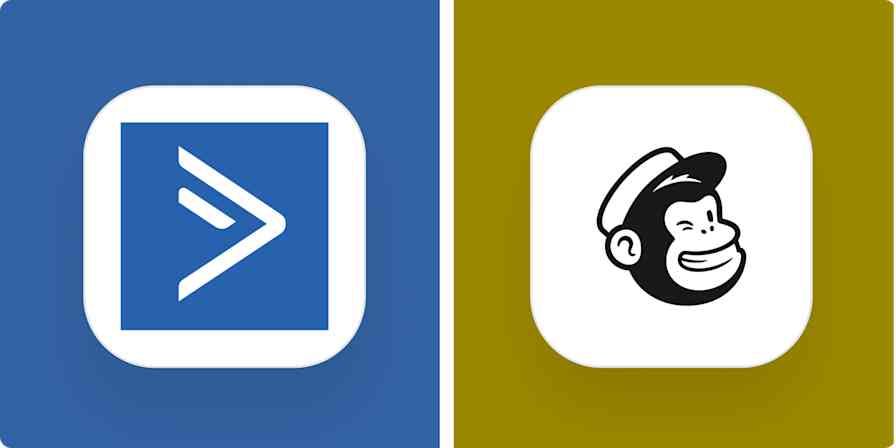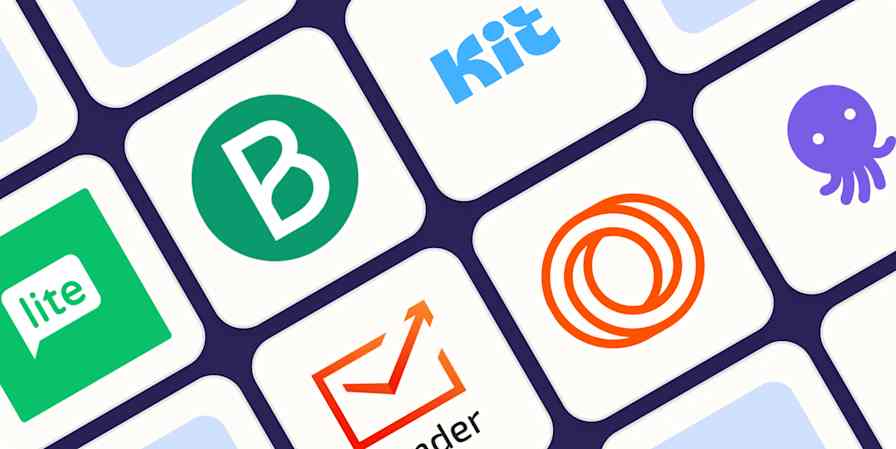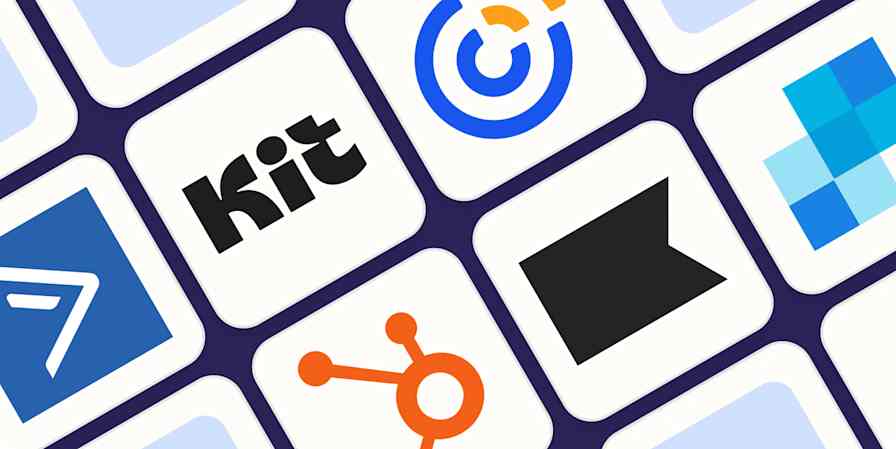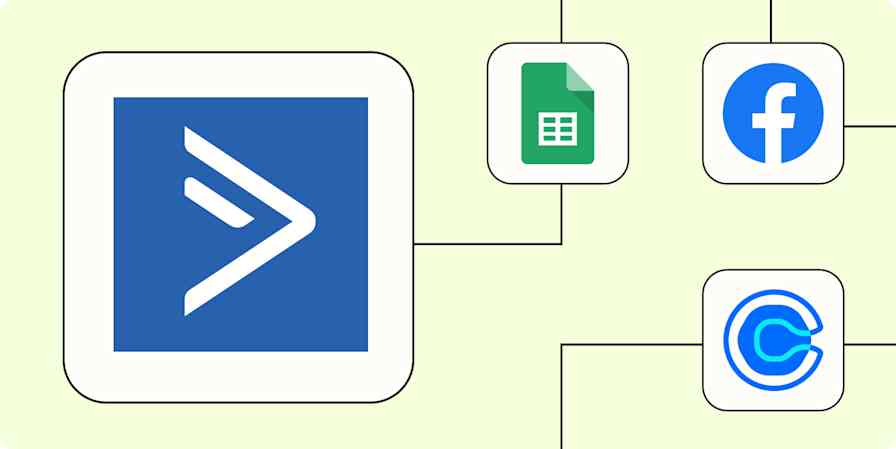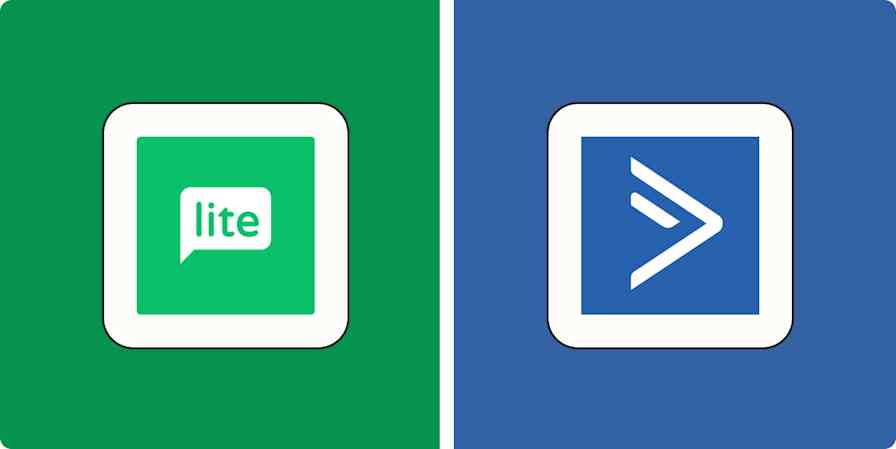Business tips
9 min readHow to Create an Email Newsletter
The anatomy of an effective marketing email
By Matt Ellis · May 17, 2019

Get productivity tips delivered straight to your inbox
We’ll email you 1-3 times per week—and never share your information.
tags
Related articles
Improve your productivity automatically. Use Zapier to get your apps working together.

